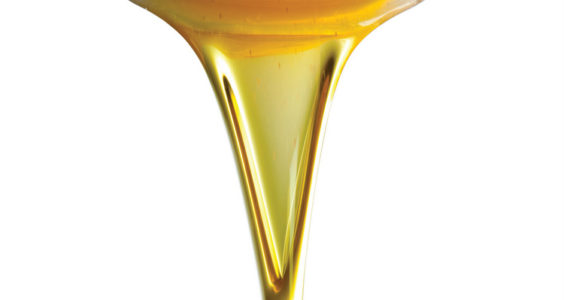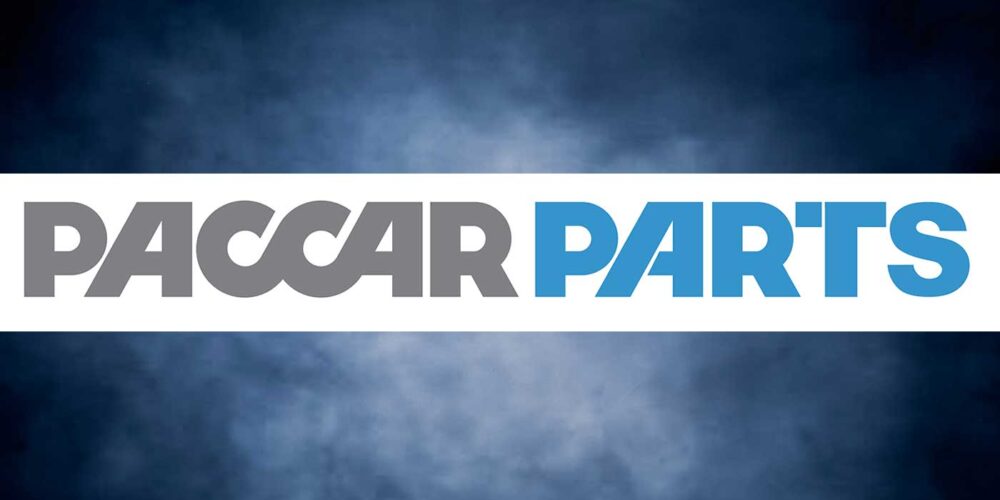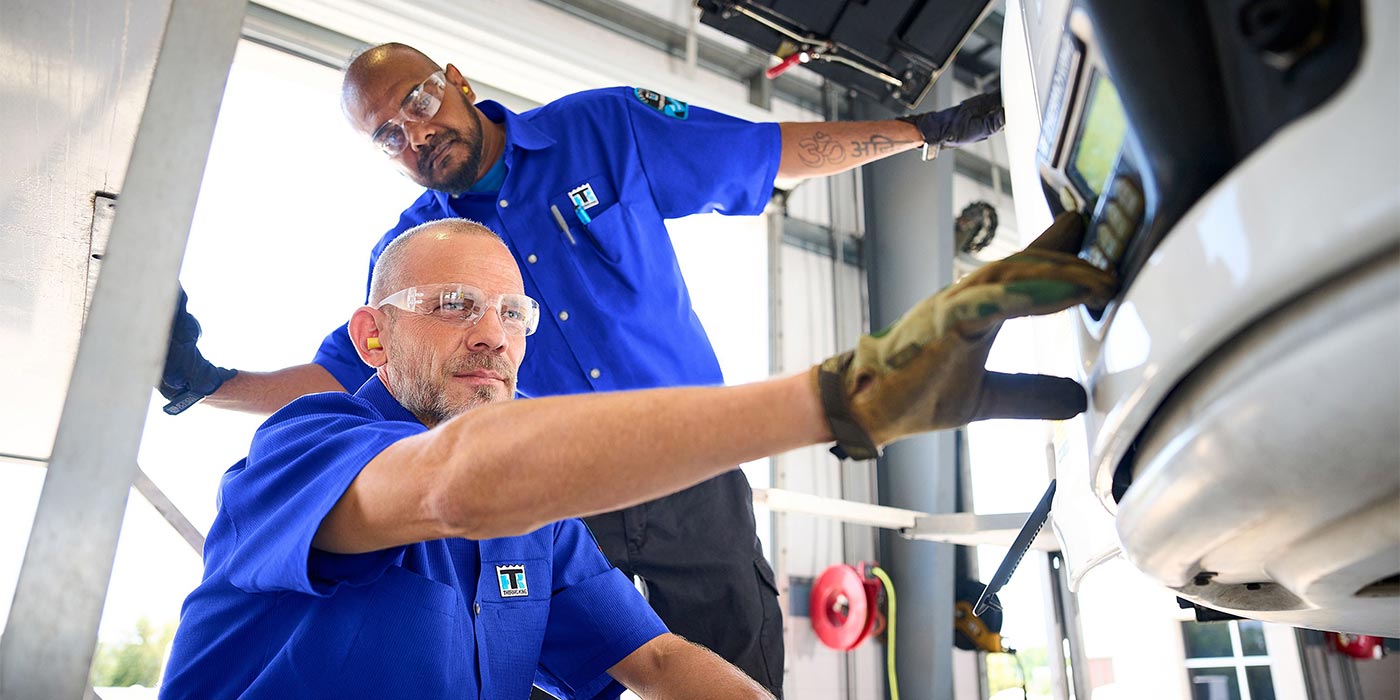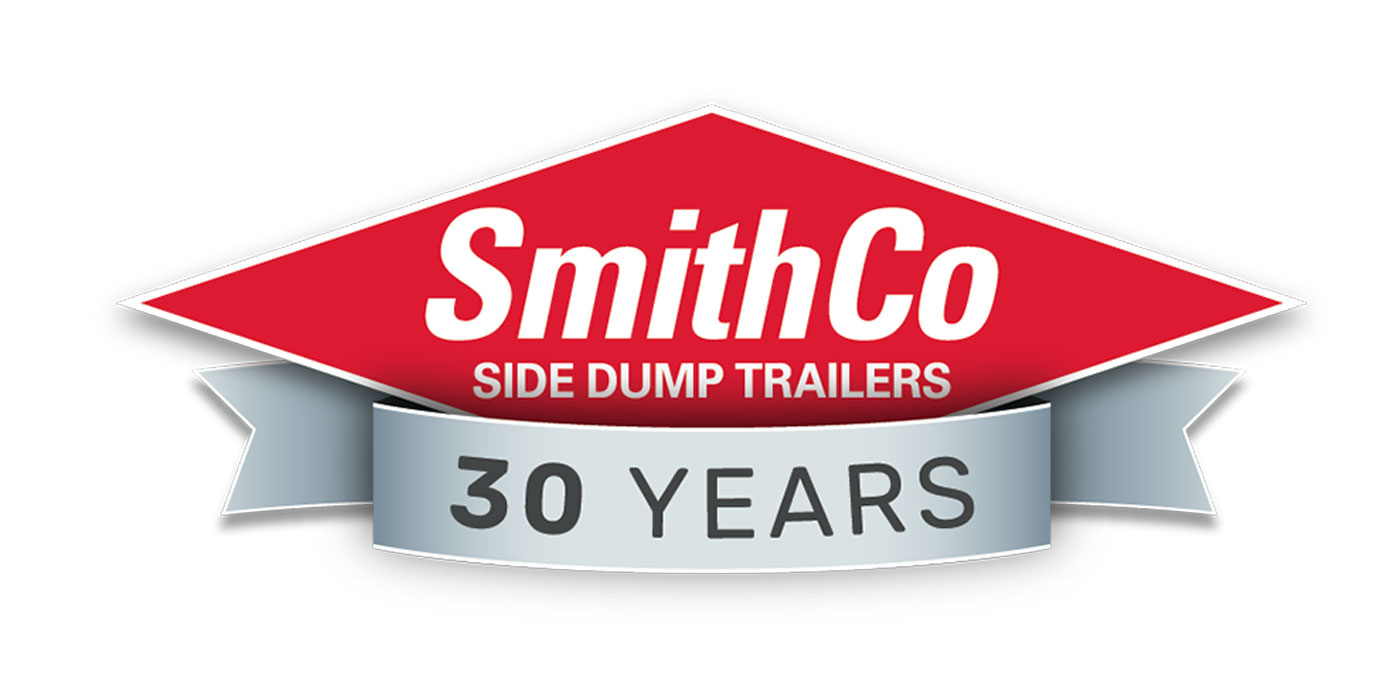Formulated to solve heavy-duty diesel challenges, API FA-4 lubricants allow for further fuel economy gains due to high-temperature, high-shear (HTHS) low viscosity oils—meaning that they have less resistance to flow between engine parts moving at high speeds in elevated operating temperatures. With this move to low HTHS viscosity levels, new additive technology is essential to ensure that durability and protection are maintained.
API FA-4: durability uncompromised
A common misconception of lubricants meeting the new API FA-4 performance standard is that by being thinner, they offer lower durability. However, it is important to know that these oils must meet all the same performance requirements as their API CK-4 counterparts to receive certification.
The function of modern heavy-duty lubricants includes protecting the engine against the harmful effects of corrosion, reducing the performance-compromising buildup of soot and deposits and maintaining oil viscosity throughout the drain interval to ensure that it can properly flow throughout the engine. The engine lubricant’s most important performance attribute in a Class 8 engine may be mitigating the permanent wear of hardware such as bearings, valve trains, cylinder liners and pistons, to maximize vehicle life and uptime.
A typical engine oil is comprised of base oil, viscosity modifiers and a performance additive package. Through the process of formulating FA-4 oils for modern-day engines, it is essential that the lubricant components are properly balanced to ensure the durability of these engine components is not compromised.
If a lubricant formulator only adjusted the base oil and viscosity modifier content to lower the HTHS viscosity, it could lead to poorer wear protection than a HTHS counterpart. To overcome this challenge, new additive packages designed for FA-4 oils play a critical role in ensuring the lubricant delivers the same engine protection. In addition, formulators have access to anti-wear agents to further fortify the formulation.
Click here to read more about the benefits of FA-4 oils.
The proof behind the formulation
These new fuel-efficient lubricants need to adequately perform in more than 20 fired-engine tests at certified laboratories, spanning various displacements from multiple manufacturers, to qualify for the new FA-4 and associated standards. This engine testing program consists of procedures to evaluate oxidation, cleanliness and wear control, to name a few, and each are designed to exacerbate a particular challenge in the field. Like many in the industry, Lubrizol and our customers have thoroughly vetted the new products being introduced into the market to ensure that they meet and exceed the performance requirements of each test. Qualifying any one FA-4 lubricant’s performance is years and millions of dollars in the making.
In addition to FA-4, some OEMs also require that these new oils be scrutinized beyond the industry specification to deliver additional engine protection. For instance, Detroit has introduced an additional wear test as part of its own specification (termed DFS 93K223). This wear test evaluates a lubricant’s ability to reduce cylinder liner scuffing, which is critical to maintaining engine compression and efficiency, keys for maximizing the engine’s hauling capacity and fuel economy on the road. In this engine test, ASTM 8074, the lubricant is subjected to severe stress to induce a cylinder scuffing event. While the OEM limit is lasting 31 hours without any liner scuffing, a properly formulated FA-4 lubricant can go 200 hours—or end-of-test—without any scuffing at all.
With API FA-4 oils being formulated and proven to maintain engine protection, many may wonder why all OEMs haven’t fully adopted FA-4. The reasons for delays may range from sufficiently testing backward compatibility in older equipment to tripping low oil pressure readings. Although the future of backward compatibility remains uncertain, there has been a considerable number of new engines manufactured that allow for FA-4-based lubricants, with three of the five major Class 8 manufacturers endorsing the performance tier for 2017 model year forward. Currently, Detroit is the only OEM to allow the use of FA-4 in some 2010 model year engines.
Starting as early as 2013, Lubrizol began taking early prototypes of the new fuel efficient lubricants and applied them to Class 8 trucks operating in the field. Working in collaboration with multiple field-test fleet partners, Lubrizol has since accumulated over 50 million miles of operation on the road on the lower HTHS lubricants. This even includes some engine platforms that have not yet endorsed FA-4.
By conducting used oil analysis and multiple engine tear downs, in conjunction with engine manufacturers and oil marketers, Lubrizol has observed the laboratory engine testing to well correlate to the field. To date, we have seen no lubricant-related issues in our FA-4 field testing.
For more information on API CK-4 and FA-4 lubricants, visit LZA360.com.














